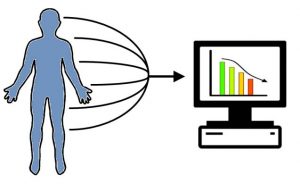Sepsis prognostic tool to create personalized mortality risk profiles

Tech ID
18-008
Inventors
P. Liaw
A. Fox-Robichaud
P. R. Selvaganapathy
K. L. Liaw
D. Dwivedi
E. MacDonald
Patent Status
PCT filed
Stage of Research
Large, multi-center study has been performed
Contact
Noorisah Khan
Licensing Associate
Abstract
Sepsis (or “blood poisoning”) is a leading cause of death in intensive care units (ICUs), with mortality rates as high as 35%. Previous clinical trials in sepsis utilized a “one size fits all” approach which has not translated into improved outcomes. Better strategies for patient care and clinical trial enrichment, including prognostic enrichment (enrolling patients at highest risk of death) and predictive enrichment (enrolling patients who are more likely to respond to treatment based on pathological differences), are needed.
A personalized tool has been developed for assessing the mortality risk of septic patients with utility for both clinical trials and patient care. It is a highly reliable predictive algorithm of sepsis related mortality based on monitoring a specific combination of biological and clinical indicators over time. A mortality risk profile can be generated for each individual patient, highlighting the relative contribution of each indicator to the risk of death. This can help identify underlying pathophysiology of each patient to inform treatment decisions and monitor their response to treatment.
Applications
- Prognostic test for ICU sepsis patients
- Prognostic and predictive enrichment tool for sepsisrelated clinical trials
- Informing treatment decisions
- Monitoring patient response to treatment
Advantages
- Stronger prognostic power compared to current methods (e.g., APACHE II, MODS, or SOFA)
- Can determine the probability of dying on a specific day or within a certain time frame (e.g., on day 10, and/or within 28 days)
- Provides a personalized mortality risk profile which can help identify underlying pathophysiological changes and differences between patients
- Has an easy-to-use online app to generate mortality risk profiles as easily read output (Tech ID 18-070)

